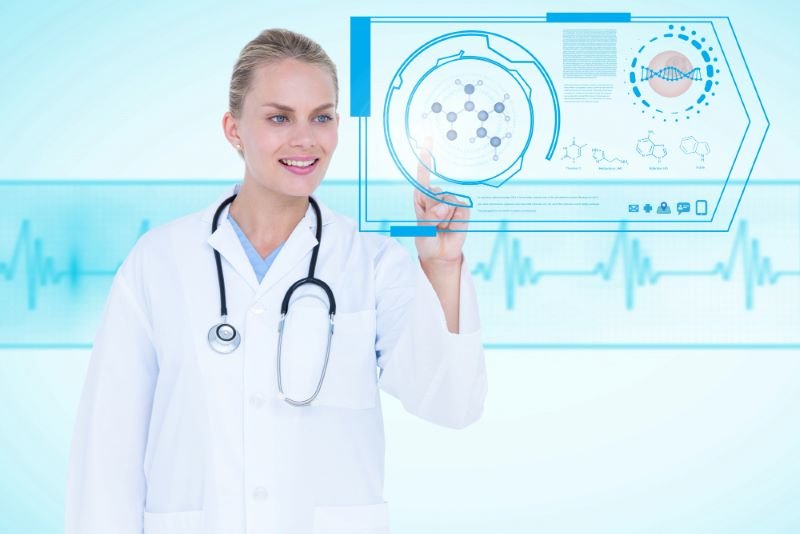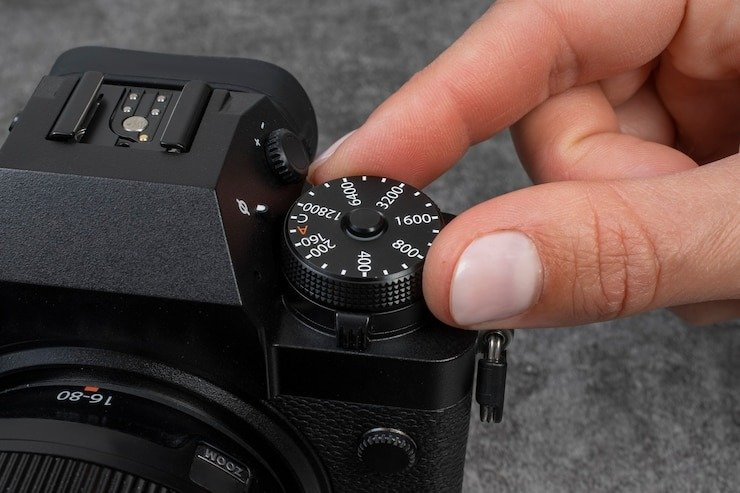In the ever-evolving landscape of healthcare, the Internet of Medical Things (IoMT) is rapidly transforming how patient care is delivered and managed. This innovative integration of medical devices and technology into the healthcare system is ushering in a new era of efficiency, accuracy, and patient engagement. The IoMT in healthcare is reshaping traditional medical practices, offering a seamless connection between devices, software, and data that allows for more personalized, real-time monitoring of patients’ health. From wearable devices to AI-powered diagnostics, the IoMT is providing solutions that are not only revolutionizing patient care but also lowering operational costs for healthcare providers.
What is IoMT and Why is it Important?
The Internet of Medical Things (IoMT) refers to a network of connected medical devices, software applications, and healthcare systems that communicate via the internet. This network collects, stores, and exchanges health-related data in real-time, allowing for more streamlined and effective healthcare management. In the past, medical devices were standalone tools, but with the rise of IoMT, they can now integrate seamlessly, offering healthcare professionals a comprehensive view of a patient’s health data.
The importance of IoMT in healthcare cannot be overstated. It enables the continuous monitoring of patients, reducing the need for frequent in-person check-ups while providing real-time data that can assist in early diagnosis and treatment. The benefits of IoMT are profound:
- Enhanced patient monitoring: Wearable devices and sensors can track vital signs like heart rate, blood pressure, and glucose levels around the clock.
- Data-driven decision-making: Healthcare providers can use real-time data to make informed, timely decisions about a patient’s treatment plan.
- Cost-efficiency: By reducing hospital admissions and the need for repeat visits, IoMT helps to reduce overall healthcare costs.
Key Applications of IoMT in Healthcare
1. Wearable Health Devices
One of the most visible applications of IoMT in healthcare is through wearable devices such as smartwatches, fitness trackers, and continuous glucose monitors. These devices monitor vital statistics, providing both patients and doctors with critical health data. For example, a person with diabetes can use a continuous glucose monitor that sends real-time data to their doctor, enabling better management of their condition without needing regular clinic visits.
Wearable devices are also crucial in post-operative care, where they can monitor recovery in real-time, alerting healthcare providers if something goes wrong. This reduces the burden on hospitals and allows patients to recuperate at home, knowing that their condition is being constantly monitored.
2. Remote Patient Monitoring (RPM) Systems
Remote Patient Monitoring (RPM) systems have seen massive adoption, especially during the COVID-19 pandemic, when face-to-face medical consultations were limited. RPM allows patients to use IoMT-enabled devices to track vital signs and share this data with their healthcare providers, enabling remote management of chronic diseases like hypertension, diabetes, and heart disease. These systems also allow elderly patients to maintain independence by monitoring their health from home.
The IoMT in healthcare through RPM systems provides:
- Early detection of potential health issues
- Reduced hospital readmission rates
- Better management of chronic diseases
3. Smart Implants and Ingestible Sensors
Beyond external wearables, IoMT also extends to advanced devices like smart implants and ingestible sensors. Smart implants, such as pacemakers or neurostimulators, continuously monitor and regulate bodily functions, sending data directly to healthcare providers. Ingestible sensors, on the other hand, are tiny devices that patients can swallow, which then relay data from inside the body. These technologies are crucial in providing real-time, continuous monitoring for patients with serious conditions, ensuring timely medical interventions.
4. Connected Imaging Devices
IoMT is also revolutionizing medical imaging. Traditional imaging systems like MRI or CT scans are now being integrated into IoMT networks, allowing doctors to receive images instantly and analyze them with AI assistance. This speeds up the diagnostic process, often enabling the detection of diseases in their early stages. Connected imaging devices also allow for remote consultations, where specialists in different locations can collaborate in real-time to assess a patient’s condition.
5. AI and Predictive Analytics in IoMT
Artificial intelligence (AI) plays a vital role in leveraging the massive amounts of data generated by IoMT devices. With AI and machine learning, healthcare providers can make predictive analytics that anticipate patient needs or flag anomalies that require immediate attention. For example, AI algorithms can analyze a patient’s heart rate patterns and predict the likelihood of a cardiac event before it happens, giving doctors time to intervene early. The combination of AI with IoMT in healthcare is truly revolutionizing personalized medicine.
Challenges and Solutions in Implementing IoMT in Healthcare
While IoMT offers numerous benefits, its implementation is not without challenges. Data security is one of the biggest concerns since medical data is highly sensitive. Any breach can result in serious privacy violations and legal repercussions. Additionally, integrating IoMT into existing healthcare systems requires significant infrastructure investment and training for healthcare professionals.
However, these challenges are being addressed through advancements in cybersecurity, encryption, and regulatory frameworks aimed at protecting patient data. Governments and health organizations are working to establish IoMT standards that ensure data safety while fostering innovation.
Interoperability between devices and platforms is another challenge, as not all IoMT devices are built to communicate seamlessly with each other. Solutions like unified data platforms and standards-based protocols are being developed to bridge these gaps.
The Future of IoMT in Healthcare
The future of IoMT in healthcare is bright, with emerging trends showing that this technology will only become more integrated into daily healthcare practices. As AI, machine learning, and 5G networks continue to advance, IoMT devices will become even more accurate, efficient, and widely adopted. The ongoing development of telemedicine and digital health platforms, bolstered by IoMT, points to a future where healthcare is increasingly patient-centered and data-driven.
Smart hospitals are already incorporating IoMT in their infrastructure, enabling automated monitoring, robotic surgeries, and smart patient rooms. These innovations will continue to evolve, allowing for more precise, personalized, and efficient patient care.
Conclusion:
The IoMT in healthcare is a game-changer, offering groundbreaking solutions that improve patient care, optimize healthcare operations, and reduce costs. From wearable devices that track vital signs to AI-powered diagnostic tools, IoMT is revolutionizing the way we approach medical care. While challenges like data security and system integration remain, advancements in technology and infrastructure are paving the way for a healthcare system that is smarter, more efficient, and more responsive to patient needs. The future of healthcare lies in the hands of IoMT, and its potential to save lives and enhance the quality of care is limitless.
For more interesting blogs click here.




